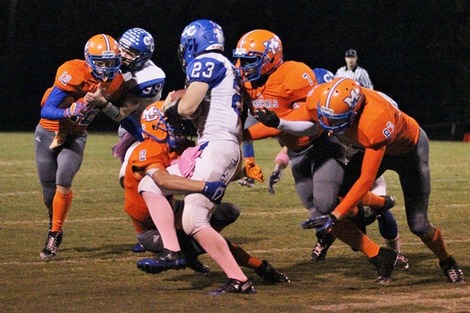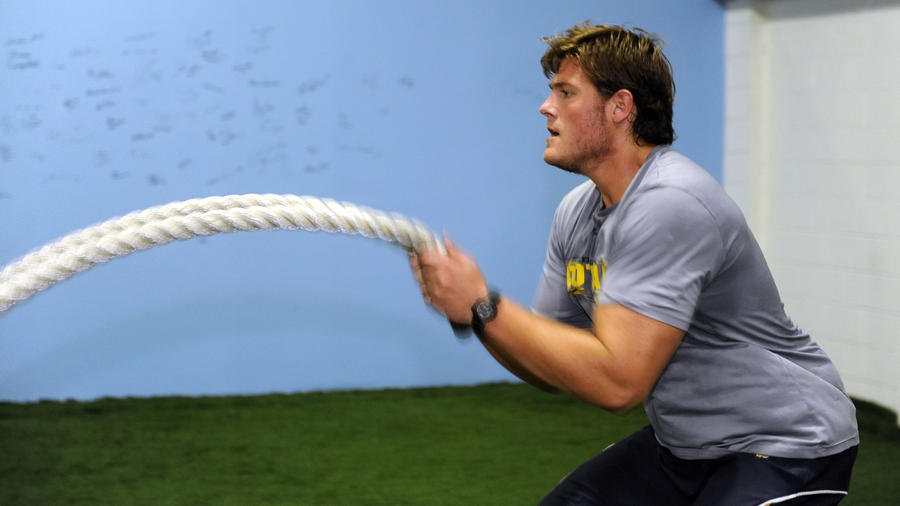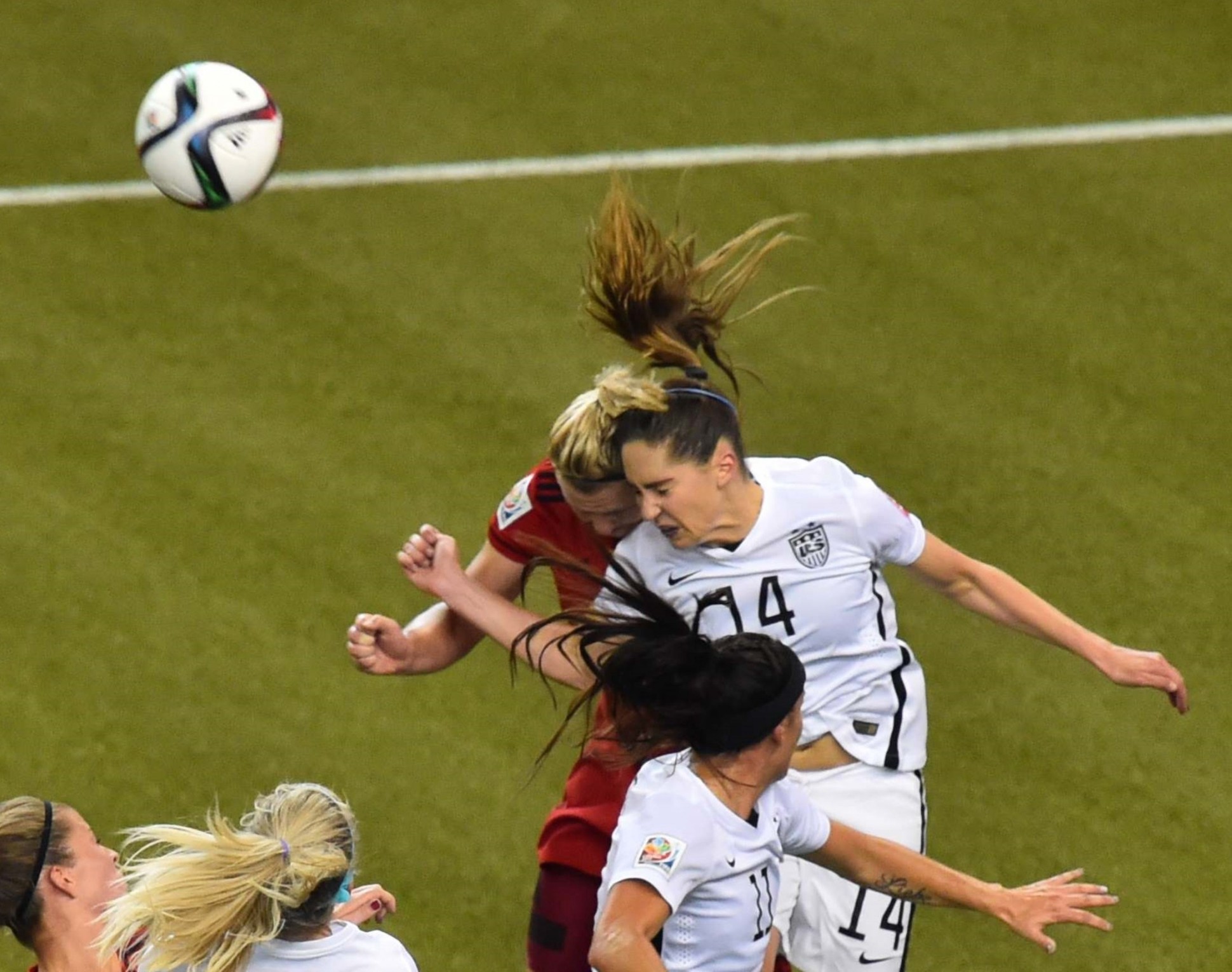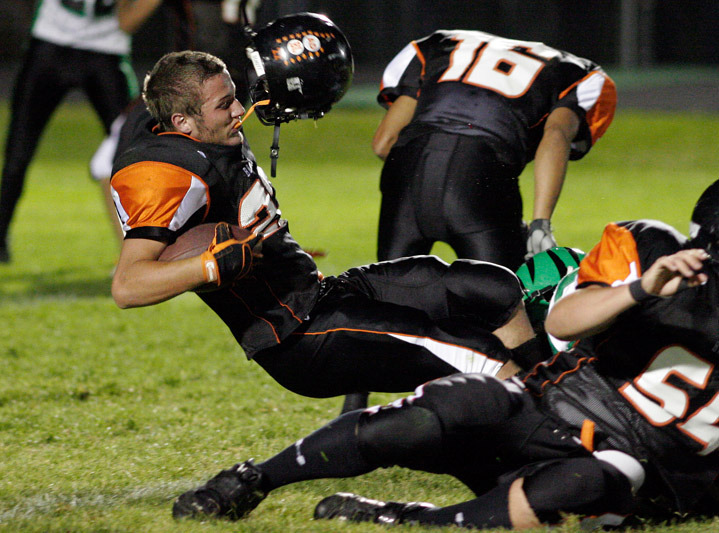
More than 1 million young athletes play high school football, and every fall Friday night, their hearts and bodies are laid out on the field.
For Eddie Canales, it’s bittersweet. He loves the game, but he also knows what it can cost. He is the full-time caregiver for his son, Chris, who suffered a spinal cord injury while making a play as a high school senior in 2001.
Canales remembers watching video of that moment: “It looked like a great tackle, but if you slow it down enough, you saw at the very last minute, he dropped his chin,” and Chris went helmet-to-helmet.
After father and son witnessed another player suffer a spinal cord injury, they knew they had to help support players and families in similar situations. Their organization, Gridiron Heroes, was created. In 2011, Eddie Canales was honored as a CNN Hero for his work. Still, headlines and calls keep coming from around the country.
A month into the new high school football season, Gridiron Heroes has already received calls from two families of athletes dealing with traumatic brain injuries in California, two spinal cord injuries in Tennessee, one in Texas and another in South Carolina. It also has gotten a report of a death from a spinal cord injury in Louisiana.
One of those calls was about Jasil Favors, a sophomore on the Stony Point High School junior varsity squad in Round Rock, Texas. Jasil’s mom, Deborah, rushed to the school in early September after a coach phoned her that her son had been injured in a game. She then hurried to the hospital.
“He didn’t have any feeling in his legs. He had feeling in his arm and upper body,” Deborah Favors said. “As soon as we got a (CT) scan, they said he broke (vertebrates) 3-4-5 and they rushed him up to surgery.”
Doctors told her that Jasil’s neck had been broken. He’s still awaiting rehab at Seton Medical Center Williamson in Round Rock. He had a tracheotomy to help with his breathing.
Until they get to rehab, his mom said, “We don’t know if he will walk again.”
Protecting players’ heads
Protecting players’ heads is a concern in football, from the Pop Warner youth organization to professionals. Eighty-seven of 91 former NFL players who donated their brains to science after deathtested positive for chronic traumatic encephalopathy, known as CTE, according to the U.S. Department of Veterans Affairs and Boston University. It’s a degenerative disease that’s linked with repeated head trauma and concussions, researchers said.
Just this year, thousands of former professional football players agreed to a settlement with the National Football League over allegations that the league hid the dangers of concussions from players, and a number of NFLers have retired at young ages due to concerns over concussions and how they might contribute to CTE.
Chris Borland was a star rookie who walked away from a $3 million, four-year contract with the San Francisco 49ers, telling ESPN, “From what I’ve researched and what I’ve experienced, I don’t think it’s worth the risk. … I’m concerned that if you wait (until) you have symptoms, it’s too late.”
All 50 states have adopted some sort of concussion legislation with minimum return-to-play guidelines for students who have had concussions. Hits to the head are a concern even at the younger levels. In 2012, Pop Warner changed its practice rules to limit contact.
“People are starting to understand. It’s getting out there,” Canales said.
According to the National High School Sports-Related Injury Surveillance Study, there were more than 500,000 injuries related to high school football just last year. While muscle strains and sprains represented just over one-third of all the injuries, concussions were about one-quarter of all injuries.
Every year, the National Center for Catastrophic Sport Injury Research at the University of North Carolina at Chapel Hill collects data on catastrophic football injuries. Last year, it found five high school fatalities directly due to football, three of them directly related to tackling or helmet-to-helmet collisions.
Advice for parents
So can young people play safe?
Canales said he thinks so. “This can still be a great game for our kids, if we do it the right way, ” he said. “We have to change the way we teach tackling. That’s a hard road for us to handle.”
Borland, the former 49ers player, said that playing football today is about weighing the risks. He tells parents, “I think you have to exercise some maturity and judgment and prioritize your child’s health.”
Dr. Elizabeth Nabel, the NFL’s first chief health and medical adviser, told CNN’s Dr. Sanjay Gupta this year, “I’m a mom and have a son who played eighth-grade football. If I had young children today, I would be asking: Is the team that my son is going to play on connected to USA Football? Is there a certified athletic trainer on the sideline? Have the coaches, parents, the players and the trainer been educated around sports injury — particularly head injury and concussion? What does my pediatrician think?
“I would ask those series of questions, then weigh the pros and cons and make a judgment accordingly.”
MaryBeth Horodyski of the National Athletic Trainers’ Association said parents should look for programs that “emphasize things such as keeping the head up during play, seeing what they hit, not using their head as a ramming rod when tackling. “
She said everyone needs to be on the same page when it comes to safety. “Make sure officials are actually using the rules to protect the athletes,” Horodyski said. She also suggests parents sit down with their kids to talk about safety.
“Make sure that players understand that safety is their responsibility,” she said. “Put safety upfront so they don’t do anything to jeopardize their health. “
Horodyski points out that having proper-fitting equipment is key as well as a medical team on stand-by in case a player does go down. “I would hope that every high school have an athletic trainer and an ambulance with two paramedics on site,” she said. “That’s minimum. Having a team physician is excellent.”
According to the trainers’ association, while 70% of all high schools have some access to an athletic trainer, only 37% of all high schools have full-time athletic trainers.
All Deborah Favors can do for Jasil, she said, is hope and pray. “In my mind, to me, he’s going to walk,” she said.
ORIGINALARTICLE:
http://www.cnn.com/2015/09/18/health/high-school-football-injuries/index.html








